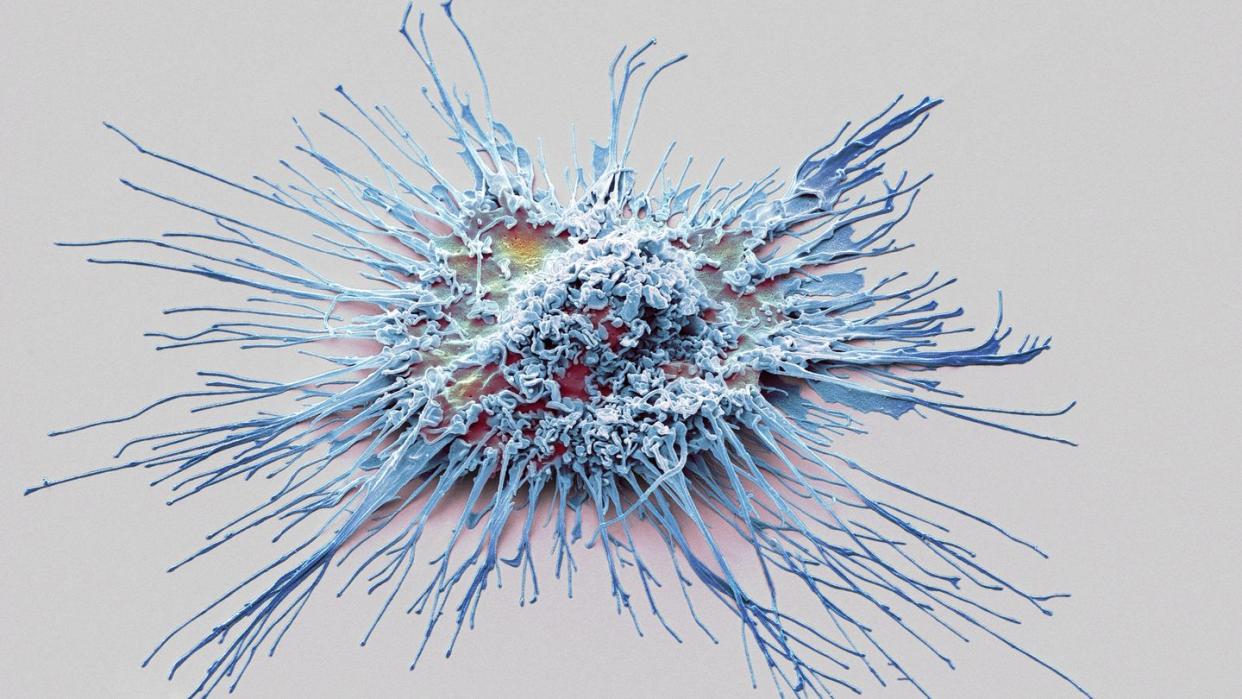Scientists Calculated Exactly How Much the Immune System Weighs

Scientists mapped all of the immune cells of the human body to give us a complete picture of our immune system.
They were also able to estimate cellular mass to determine just how much the immune system weighs.
Results show that the cells making up our immune system weigh between 2 and 3 pounds, depending on the size of the adult.
A group of scientists was befuddled by the fact we had no “comprehensive census of the cells comprising the immune system.” So, the team rectified that wrong by mapping out the human body’s immune system cells, and then gave us a weight for it all.
In their study, published in the Proceedings of the National Academy of Sciences journal, the team showed that the human immune system features about 1.8 trillion cells. In an adult male weighing 160 pounds, that equates to about 2.6 pounds of immune system. For a 132-pound adult female, that’s enough for an immune system weighing around 2.2 pounds. And for anyone who doesn’t fit those specs exactly, your immune system weighs roughly 1.6 percent of your overall body weight.
“This knowledge gives an integrative quantitative view of the immune system and facilitates the development of models,” the authors wrote in the study. Which is a good thing, considering the immune system is a “complex network of cells with critical functions in health and disease.”
The researchers from the Weizmann Institute of Science in Israel completed their census using data from imaging and algorithms. First, the team calculated cell distribution and found that, of the 1.8 trillion cells, lymphocytes (mainly located in the lymph nodes and spleen) make up 40 percent of the total number of immune cells and 15 percent of the immune cell mass. Neutrophils, which are generally found in bone marrow, have a similar statistical breakdown. Macrophages, on the other hand, are present in most tissue, and comprise just 10 percent of immune cells—thought they equate to roughly 50 percent of the total cellular mass due to their large size.
“The quantification of immune cells within the human body presented here can serve to understand the immune function better and facilitate quantitative modeling of this vital system,” the authors wrote.
When broken down into function, the lymphocytes focus on producing antibodies meant to ward off viruses and pathogens. Neutrophils capture and destroy invading microorganisms and mediate inflammation. Macrophages also work as defenders, and are known for killing foreign bodies.
“We aim to provide insights into the immune system’s complex and dynamic organization,” the authors wrote, “and shed light on the factors that regulate immune cell distribution in health and disease.” They seem to have gotten a pretty solid start.
You Might Also Like
